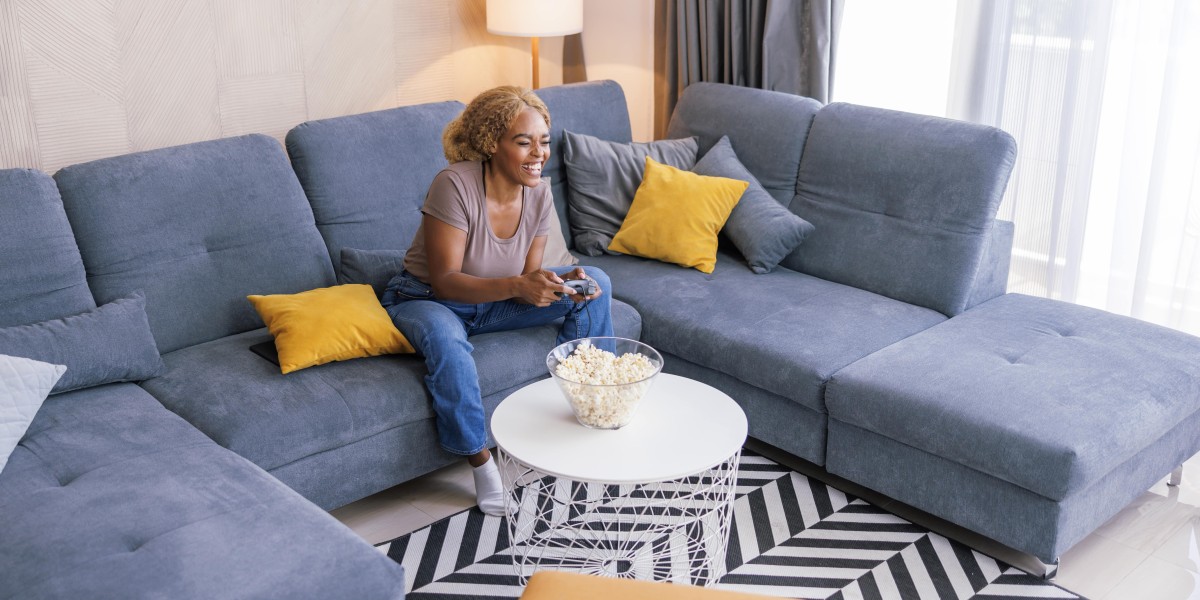The Ultimate Guide to Cat Flap Fitting: A Comprehensive Overview
As any cat owner can confirm, supplying a safe and practical method for your feline friend to go into and exit your house is necessary. One popular solution is a cat flap, a small door set up in a wall or door that permits your cat to come and go as it pleases. Nevertheless, fitting a cat flap requires cautious consideration and planning to make sure that it is safe, safe, and reliable. In this post, we will dive into the world of cat flap fitting (visit web site), checking out the different types of cat flaps, the advantages and drawbacks of each, and offering a step-by-step guide on how to set up a cat flap in your house.
Kinds Of Cat Flaps
There are numerous types of cat flaps available on the marketplace, each with its distinct features and advantages. Some of the most popular kinds of cat flaps include:
- Manual Cat Flaps: These are one of the most British standard cat flap installer type of cat flap and need your cat to press the flap open with its head or paw.
- Magnetic Cat Flaps: These cat flaps use a magnetic closure to keep the flap shut, providing added security and minimizing drafts.
- Electronic Cat Flaps: These modern cat flaps use sensors and motors to open and close the flap, supplying optimum benefit and security.
- Insulated Cat Flaps: These cat flaps are developed to minimize heat loss and keep your home warm, making them ideal for colder environments.
Advantages of Cat Flaps
Cat flaps provide numerous benefits to both cats and their owners, consisting of:
- Convenience: Cat flaps enable your cat to come and go as it pleases, reducing the requirement for constant door opening and closing.
- Security: Cat flaps supply a safe and safe and secure way for your cat to enter and leave your home, decreasing the danger of injury or escape.
- Energy Efficiency: Insulated cat flaps can help in reducing heat loss and keep your home warm, making them a cost-efficient solution.
- Minimized Stress: Cat flaps can assist reduce tension and stress and anxiety in felines, supplying them with a sense of freedom and self-reliance.
Disadvantages of Cat Flaps
While cat flaps use several benefits, there are also some prospective disadvantages to consider, consisting of:
- Security Risks: If not set up correctly, cat flaps can position a security risk, allowing undesirable animals or intruders to enter your home.
- Drafts: If not insulated properly, cat flaps can produce drafts, reducing the energy effectiveness of your home.
- Maintenance: Cat flaps need routine maintenance to ensure they stay tidy and functional.
How to Install a Cat pet flap installer
Installing a cat flap is a relatively uncomplicated process, however it does need some planning and preparation. Here is a step-by-step guide on how to set up a cat flap:
- Choose the Right Location: The area of your cat flap is essential, as it needs to be available to your cat and provide a safe and secure entry and exit point. Think about the height and location of the cat flap, in addition to the surrounding location.
- Measure the Opening: Measure the opening where you plan to install the cat flap, considering the size of the flap and any surrounding obstructions.
- Cut the Opening: Use a saw or drill to cut the opening for the cat flap, making certain it is level and protect.
- Install the Frame: Install the frame of the cat flap, utilizing screws or nails to secure it in place.
- Include the Flap: Add the flap to the frame, ensuring it is safely connected and operates correctly.
- Add Any Additional Features: Add any extra functions, such as sensors or motors, according to the maker's instructions.
- Evaluate the Cat Flap: Test the cat flap to ensure it is working correctly and securely.
Advice
Here are some tips and tricks to bear in mind when setting up a cat flap:
- Use a level: Make sure the cat flap is level and protect to avoid any problems with the flap opening and closing.
- Add insulation: Add insulation around the cat flap to lower drafts and keep your home warm.
- Consider the size: Consider the size of your cat when selecting a cat flap, as bigger cats may need a larger flap.
Often Asked Questions
Here are some often asked questions about cat flaps:
Q: What is the best kind of cat flap for my home?A: The best kind of cat flap for your home will depend on your specific needs and scenarios. Think about factors such as security, energy effectiveness, and convenience when picking a cat flap.
Q: How do I keep my cat flap tidy?A: To keep your cat flap clean, routinely clean it down with a wet cloth and vacuum any debris or dirt.
Q: Can I set up a cat flap myself?A: Yes, you can install a cat flap yourself, but it may need some DIY abilities and understanding. If you are unsure or unpleasant installing a cat flap, think about seeking advice from a professional.
Conclusion
In conclusion, cat flaps are a hassle-free and protected method to offer your feline good friend with access to the outdoors. With the best type of cat flap and correct installation, you can delight in the benefits of a cat flap while reducing the drawbacks. By following the tips and techniques detailed in this article, you can make sure a safe and safe and secure installation that fulfills the requirements of both you and your cat.

Additional Resources
- Cat Flap Installation Guide: A detailed guide to installing a cat flap, including step-by-step instructions and diagrams.
- Cat Flap Maintenance Tips: A list of tips and tricks for maintaining your cat flap, consisting of cleansing and repair suggestions.
- Cat Flap Buying Guide: A guide to choosing the right cat flap for your home, consisting of considerations such as security, energy effectiveness, and benefit.






